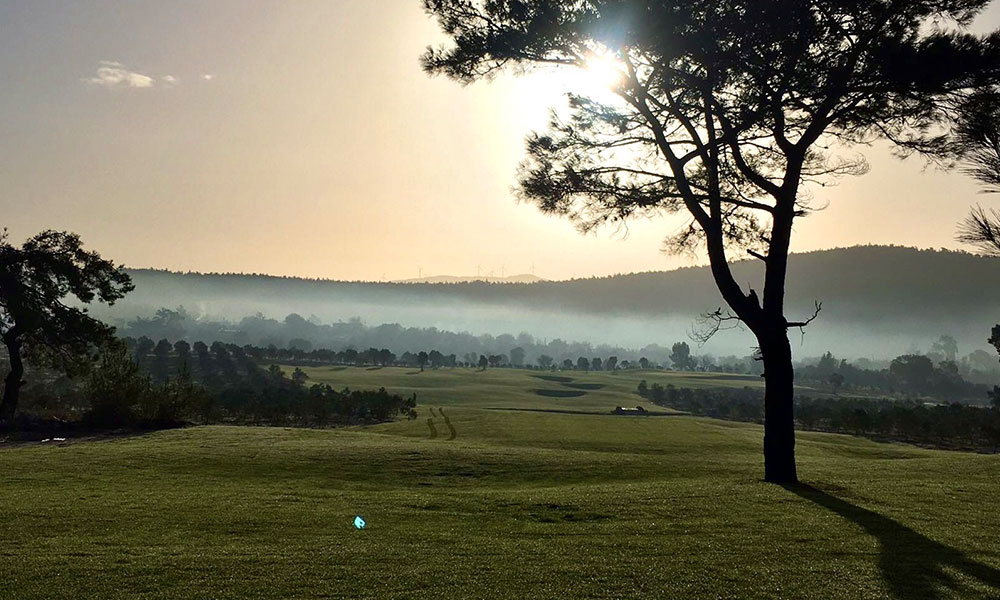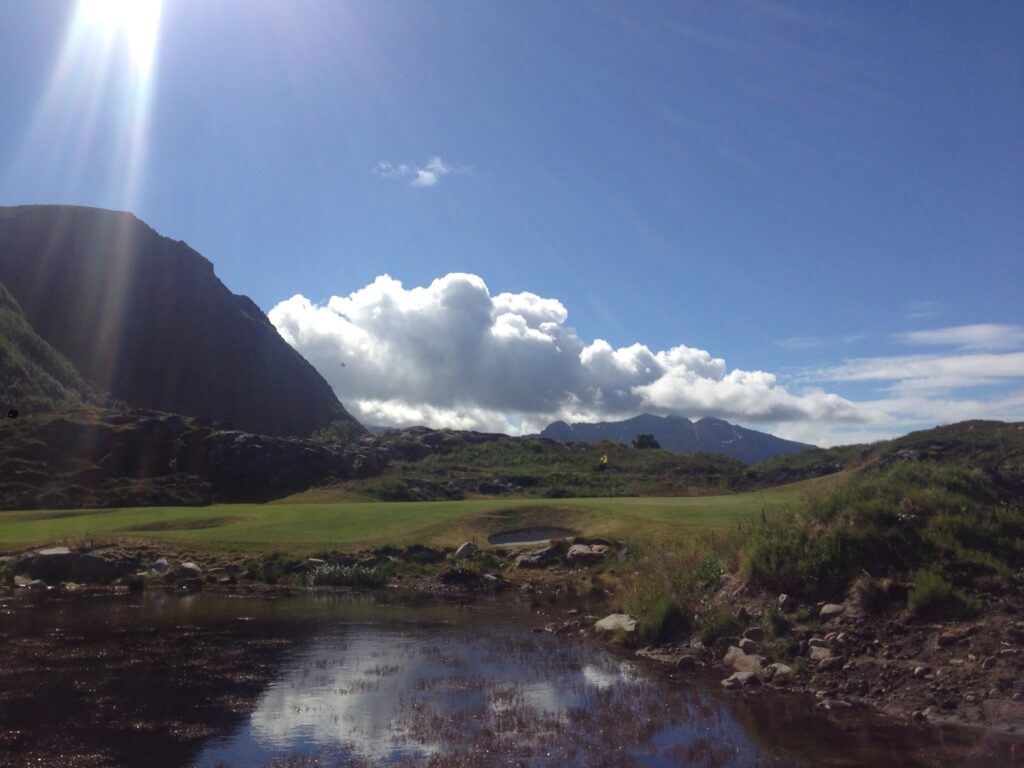The Vital Yet Overlooked Aspect of Golf Design


The dogleg par 4, 11th hole in and amongst the olive grove. Regnum Bodrum
Over the past century or so, golf has spread its wings around much of the world, with innumerable new courses being built in many new countries. In some, but not all, of those countries, golf has established itself as a part of the local sporting culture.
One of the reasons that golf has not always been embraced by local communities is its lack of cultural context. When commentators assess the quality of a course, they generally do so by comparing it to classic examples, whether they be in Scotland, Amebrica or wherever. But for golf to take hold in, say, Kazakhstan, it needs to develop a unique Kazakh identity. Even when the market is tourist golfers, this sense of local identity is becoming ever more important: research shows that today’s travellers are increasingly looking for authenticity in the destinations they visit, and reject experiences that could be found anywhere. They are looking to do things while travelling that will create memories that are life-long.
Part of this is about finding ways to operate courses that are sympathetic to their location and express something unique about it. Tim Lobb, principal of London-based golf design firm Lobb + Partners, has thought long and hard about this – in fact, he spoke on the subject earlier this week at the PGA Interational Conference in Bangkok. “A classic example is Thailand, where pretty much every course has a large, female caddy corps (something which has spread to other parts of southeast Asia),” he says. “Caddying is one of the best ways for golf, which tends to spread from the top down, to embed itself in local populations: where labour is cheap, it can provide good jobs and expose a lot of people to the game who otherwise would have no connection with it.”


But the other side of this equation is about the design of the actual courses and facilities. Lobb says: “Creating a sense of place in golf design is challenging, but possible. This sense of place comes from the link between memory, emotions and physical location. Take Lofoten Links in Norway, to mention a new-ish golf course whose location is absolutely central to its appeal. Located at 68 degrees north, well inside the Artic Circle, Lofoten Links has become a bucket list destination precisely because the course celebrates where it is. The course plays along the north-facing coastline of the Norwegian Sea, and at the appropriate time of year is one of the best places on Earth to see the aurorea borealis (Northern Lights). To the side of the first fairway can be found a thousand year old Viking grave. Fairways and greens are bordered by rocks, emphasising the nature of the site. The course simply could not exist anywher else.”
“At Laguna Lang Co in Vietnam, designed by Nick Faldo’s practice, the site incorporated sand dunes, which are clearly perfect for golf, and rice paddies, which are not so obviously suited to the game,” says Lobb. “But in countries like Vietnam, where rice is a staple crop, rice paddies are a key part of the landscape. By incorporating the rice fields in the design of the golf course, rather than eliminating them, architect Paul Jansen helped to embed the course in its location. Anyone who plays there will see the rice fields alongside the holes, and it will embed both the course and the place in their memory. This is a clever example of creating cultural context by design decisions.”
Lobb cites another example when he personally did something similar. “When we came to build the Regnum Golf & Country Club in Bodrum, Turkey, much of the site was an olive farm,” he says. “Obviously, olive groves are a very important part of the landscape in that location, and the grove helped us to create cultural context for the golf course. The holes wind through the olive trees, which are still in use to produce oil – in fact, the number of olive trees on the estate has been increased to 20,000, and the oil they produce is marketed by Regnum as a local product and can be bought at the golf course, and is used in the restaurant, along with herbs and honey produced on the estate. This also helps, in a small way, to increase the amount of money that is spent by travellers that remains in the local economy.”
Lobb believes this offers a good example for other developments in new golf locations. “Obviously, sometimes you are presented with a site that just has room for eighteen holes and a clubhouse,” he says. “But often, additional land is available, or can be obtained. How much land are you setting aside for golf? Maybe use a little more to embed the course in its locality.”
Lobb cites the original Home of Golf as perhaps the course with the strongest sense of place. “St Andrews became famous around the world because of the golf course,” he says. “The way the course and the town interact is unsurpassed, and creates an identity that no-one who visits ever forgets. The course is physically part of the town, and the whole atmosphere of the town is orientated to golf. Golf is a part of the community. People routinely walk around the town carrying their golf bag. You can’t create an ancient Scottish town in which to set your golf course. But you can learn from the example.”
About Lobb + Partners
Lobb + Partners was formed by golf course architect Tim Lobb in August 2016, following the retirement of golfing legend Peter Thomson, with whom, along with Ross Perrett, Tim had previously been in partnership as Thomson, Perrett and Lobb. Tim has been a golf architect for over twenty years and has completed more than ten courses in five countries and renovated many highly regarded golf courses in the UK. The firm maintains offices in England, Canada and Spain.
Recent Posts
South Carolina State Leaders Honor Green’s Superintendent Career
South Carolina’s House of Representatives today honored the career of golf course superintendent Chuck Green.…
Branson, Missouri: 5 Reasons Why it is a Must-Visit Travel and Golf Destination
Branson, Missouri, is booming as a must-visit destination for golf enthusiasts and travelers alike. Nestled…
Preview more than 1,000 rounds of golf available in GCSAA’s Rounds 4 Research online auction
The Golf Course Superintendents Association of America (GCSAA) Rounds 4 Research program offers golfers the…
EcoBunker Synthetic Revetting More Sustainable than Natural Turf*
*A recent report by the Welsh government has found that EcoBunker synthetically revetted bunkers have…
SiteOne® Hires Dan Carrothers as VP, Agronomic Business Development
SiteOne® Landscape Supply is pleased to announce Dan Carrothers as the new Vice President for…
Superintendents Online Turf Directory – EVERYTHING TURF
Our online directory, directory.GolfCourseTrades.com is the go-to resource for the busy superintendent. It is your opportunity…


